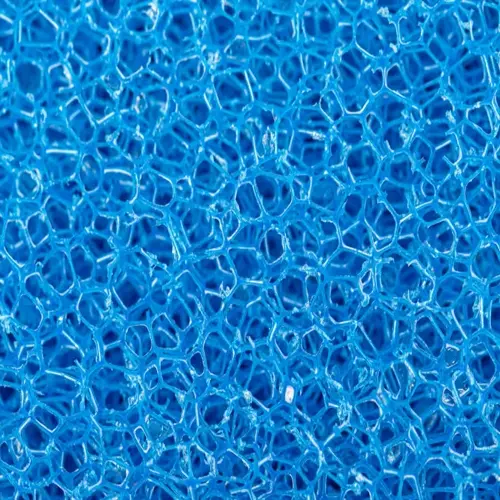What causes unstable pH in freshwater aquariums?

Written by
Kailani Okoro
Reviewed by
Prof. Henry Webster, Ph.D.The cause of unstable pH in freshwater aquariums is usually a lack of carbonate hardness that does not provide adequate buffering against acid. Fish respiration releases CO₂, which makes the water more acidic. The nitrogen cycle produces nitric acid. The decay of organics releases tannins. It is the presence of these acids that causes rapid shifts in pH when there is insufficient carbonate hardness.
Having an insufficient kitchen is creating a weak buffer that can absorb the acids produced daily. Fish waste, as well as decaying plants, produce hydrogen ions. Bacteria during the nitrogen cycle produce nitric acid. In systems with low alkalinity, I measured drops in pH of 1.0 units overnight at times.
Several biological processes contribute to the increasing instability of the soil's pH. Respiration of fish produces carbon dioxide, which forms carbonic acid. The nitrogen cycle converts ammonia into nitrate, releasing hydrogen ions in the process. The decay of organic matter releases tannic acid. Overcrowded tanks greatly increase the effects of these processes.
KH Enhancement Methods
- Add 1 tsp baking soda per 5 gallons
- Use crushed coral in filter media
- Incorporate limestone decor
- Commercial KH buffers
Preventive Maintenance
- Weekly 25% water changes
- Vacuum substrate monthly
- Avoid overfeeding
- Test KH biweekly
Emergency Correction
- 40% water change for pH below 6.0
- Aerate water to off-gas CO₂
- Remove decaying matter immediately
- Add KH booster gradually
Keep KH between 4-8 dKH for stable pH. This range holds acids down without excessive minerals. Test KH every two weeks. My community tank is a steady 6 dKH with crushed coral. Adjust slowly, no more than 1 dKH per day.
Tackle the conditions that cause KH problems, and other aspects of water chemistry will improve. An overstocked aquarium has an increasing bioload, leading to increased acid production. Leftover food decays, releasing tannins. A lack of filtration allows waste to accumulate in the aquarium. The pH swings in my tanks were solved through improved filtration and reduced fish numbers.
Prompt recognition of certain symptoms can prevent accidents. Fish breathing at the surface means a low pH. Indolent condition means acid pull. Aquatic plants collapse at a pH below 6.0. Test the water as soon as these conditions are noticed. Continuous testing will guard against sudden changes.
Read the full article: Understanding Aquarium Water Parameters

